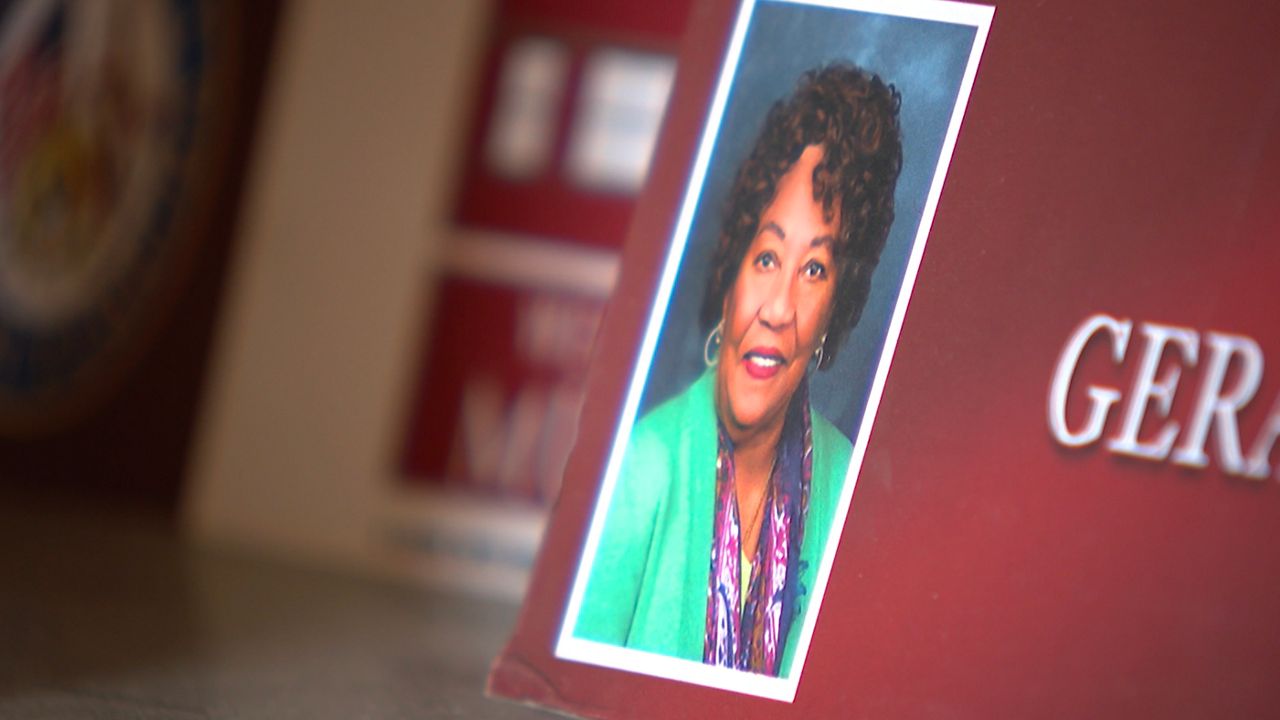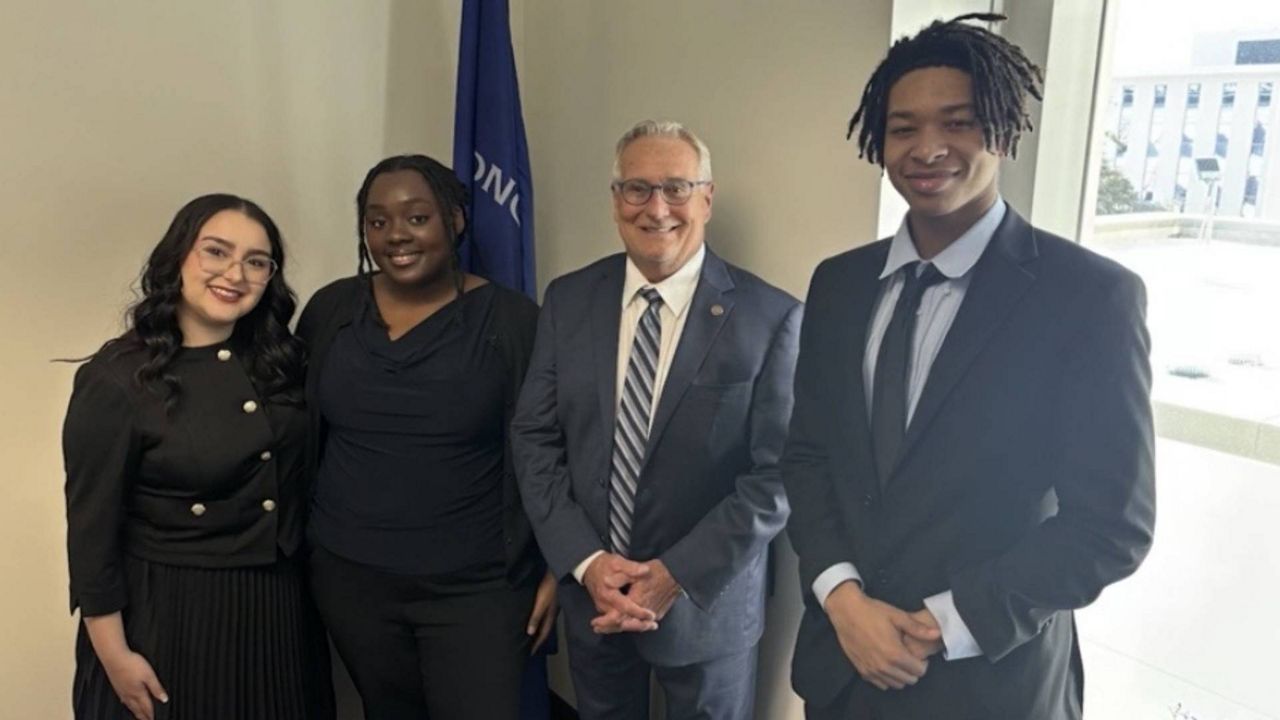TAMPA, Fla. — A final vote by Tampa City Council will set in motion the steps to protect and preserve two historic homes, ensuring the memory of a community is not forgotten.
What You Need To Know
- Tampa City Leaders voted unanimously last month on a first reading to designate the two remaining homes in The Scrub neighborhood as a landmark
- The second reading and final vote is set to happen during the Oct. 19 city council meeting
- The Scrub is Tampa's oldest and largest African-American community
The homes are located in Tampa’s oldest and largest African-American neighborhood, called The Scrub, right on the edge of downtown. Behind a chain-link fence on Scott Street in Tampa, the two homes that many refer to as the Johnson homes are in disrepair but still standing.
“These are the homes of family members that lived here during the peak period of The Scrub and they never sold the property,” said Tampa City Council Member, Gwen Henderson.
Once upon a time for Black Tampa residents, The Scrub neighborhood was the place to be. Henderson read part of a historic plaque that is there to memorialize what once was.
“The Scrub once, interesting the word once, Tampa’s oldest and largest African-American neighborhood traces its history to just after the civil war when newly freed enslaved people built homes,” she read.
Henderson was a part of the unanimous vote to declare these homes, once consider slums and blight, as a local landmark.
“Because of the history. Instead of just looking in books and saying he we existed or watching a film, this is the model of what really was here because it still remains,” she said.
It’s a history that, in large part, has been erased in this area.
“I think that’s even more upsetting to know what it looks like, vibrant businesses over 200 businesses, 600 homes. Families, people who worked every day, probably served in so many different labor capacities in this community and came here and called this place home,” Henderson said. “Went to church here, partied here, everything here.”
Henderson recently learned a big part of her family’s history was just steps away from the two remaining homes where her late father once lived in the 1950s. She found a document with his information about where he worked, lived and even his blood type.
“This is the proof that he lived in The Scrubs. 1416 ½ Governor’s Street, right here. Right before he went in the military,” she said.
That kind of history, the vibrant images of parades, celebrations and African American’s living and thriving in one of the only areas where they were allowed to live, is something Rodney Kite-Powell with the Tampa History Center said is even more reason to protect what’s left.
“It allows us a real tangible example of the history. We can show photographs of what the scrub used to look like or photographs of what people’s homes used to look like,” Kite-Powell said. “But being able to actually see them and maybe even go inside them and interpret them and how they were historically, you really get the sense of what it was like to live during that time.”
Kite-Powell said the city’s move to declare the two houses a landmark is more valuable that many know.
“A building can be a landmark on national register of historic places, but that’s really just an honor. A good honor, but it offers no protection,” he said. “If you want to really protect something from future demolition, the only way to do that is to have it locally landmarked.”
For people like Henderson, the landmark means a lot.
“Our neighborhoods are precious and they do matter,” she said. “They are not slum and blight. They are communities that served and built great leaders. Amazing people came out of the scrub and I want the next generations to know that.”
The second reading and adoption on the vote to declare the two homes a landmark is scheduled to happen during a city council meeting on Oct. 19.









